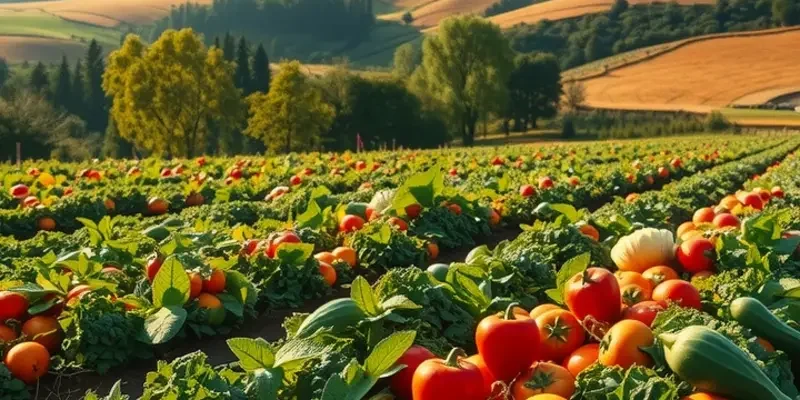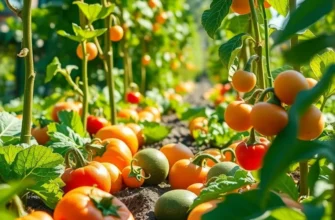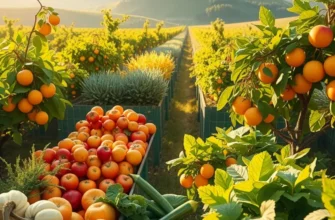Indigenous plant-based diets offer a rich tapestry of flavors, traditions, and health benefits derived from ancestral knowledge. Across the globe, various cultures have harnessed their local flora, pairing them with time-honored practices to foster healthy eating and community connections. Discover the vibrant arrays of ingredients from different regions, appreciating not only the food but the stories behind them.
Harvesting Traditions: Culinary Practices of Indigenous Peoples
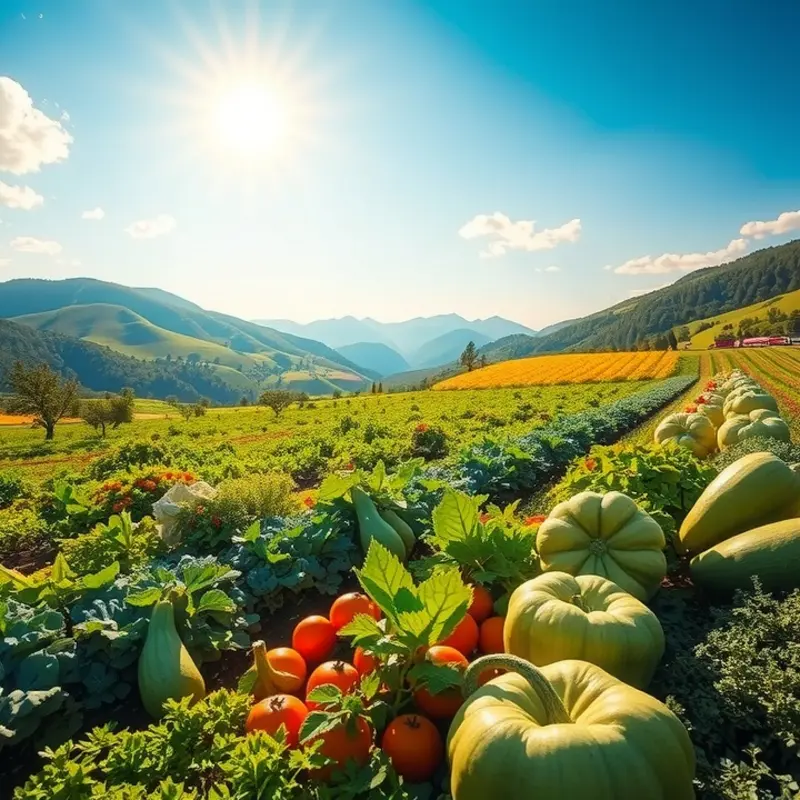
Indigenous plant-based diets are rooted in a deep understanding of seasonal and environmental cycles. Across the globe, native communities have perfected the art of harmonizing with their ecosystems. This chapter delves into the traditions and practices of gathering, cultivating, and preparing indigenous edible plants.
Foraging is an age-old skill passed down through generations. Throughout North America, many Indigenous peoples gather wild rice, a staple in their diet. This aquatic grain requires careful selection and precise timing, as harvests align with lunar phases and weather conditions. In the Andes, the potato is not just a crop but a cultural mainstay. Over 4,000 varieties exist there, each adapted to different altitudes and microclimates.
Native grains like quinoa and amaranth feature prominently in the diets of South American communities. Initially grown by the Inca civilization, these grains are rich in essential amino acids, making them a complete protein source. Cultivating these requires traditional methods of sowing and harvest which respect the land’s fertility cycles.
In Australia, bush food culture is rich with unique flavors. Aboriginal people utilize wild harvested plants like wattleseed and bush tomatoes. Wattleseed offers a nutty flavor profile, while bush tomatoes provide a tangy taste rich in antioxidants. Mastering fire-stick farming, a technique that involves controlled burns, ensures these plants thrive and regenerate.
The sweet fruit traditions of the Pacific Islands stand out with ingredients like breadfruit and taro. These starchy fruits and tubers are integral in creating a balance between nutrition and sustainability. Techniques such as wrapping breadfruit in leaves before cooking, allow the fruit to retain its moisture and nutrients.
Cooking methods vary widely but often involve low-tech, sustainable techniques. Many indigenous culinary practices revolve around stone-boiling, where hot rocks are used to heat food in water or wrapped leaves. This method respects the integrity of the ingredients, preserving nutrients and flavors alike.
Much of indigenous cuisine follows a nose-to-tail approach with plants, using all parts to minimize waste. This not only enhances biodiversity but also respects the plant’s life cycle. If you’re interested in cutting down food waste, explore low-waste cooking techniques.
Diving deeper, regional specialties reflect the interplay between food and culture. In the American Southwest, the Three Sisters—corn, beans, and squash—are grown together to create a sustainable polyculture system. Each crop supports the other’s growth, representing harmony both ecologically and nutritionally.
The connection between Indigenous peoples and their plant-based diets goes beyond sustenance. It embodies a respect for nature’s gifts and a commitment to passing down traditions that honor ecological balance. Traditional indigenous plant-based diets offer more than just nutrition; they provide insights into sustainable living—modeling resilience to a world facing unprecedented environmental challenges.
Culinary Heritage: Recipes that Celebrate Indigenous Ingredients
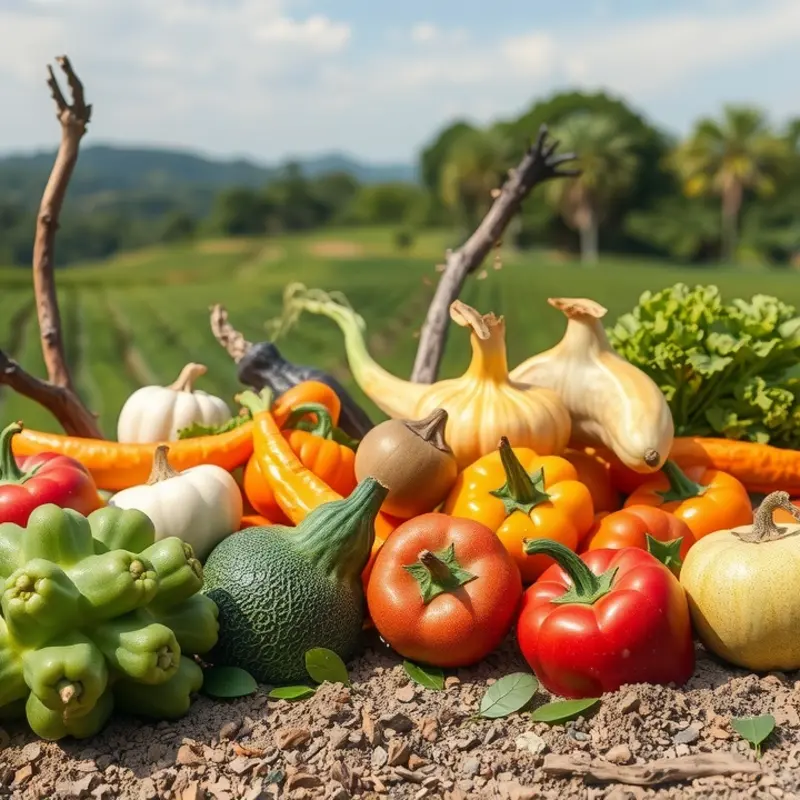
Exploring the culinary landscape of Indigenous plant-based diets reveals a rich tapestry of flavors and traditions. Each recipe not only highlights unique ingredients but also tells a story of the land, the people, and their shared heritage. Let us delve into some extraordinary dishes that offer a glimpse into this symbiotic relationship, emphasizing the nutritional, medicinal, and spiritual significance of Indigenous plants.
One remarkable dish is the Three Sisters Stew, a harmonious blend of corn, beans, and squash. This trio represents a planting tradition deeply rooted in Native American culture. Corn provides a structure for the beans to climb, beans fix nitrogen in the soil, and squash spreads along the ground to retain moisture and suppress weeds. The synergy of these plants is a testament to sustainable agriculture. The stew itself is a nutritional powerhouse, offering protein, fiber, and essential vitamins such as vitamin C and folate. This dish encapsulates how Indigenous communities developed food systems that were both ecological and nourishing.
Another notable recipe is Wild Greens Salad, featuring foraged ingredients like dandelion greens, wild mint, and lamb’s quarters. These greens are often overlooked yet are brimming with antioxidants, vitamins A and K, and calcium. Traditionally, wild greens were a staple for many Indigenous groups, not only for their health benefits but also for their role in cultural rites and ceremonies. Eating these greens connects individuals to their ancestry, fostering a sense of identity and community.
For a dessert that combines indulgence with tradition, try the Chia Pudding, made with chia seeds, blueberries, and maple syrup. Chia seeds, once a vital crop for the Aztecs and Mayans, are celebrated for their omega-3 fatty acids, fiber, and protein. Blueberries further enhance this dish with their antioxidant properties, while maple syrup adds a natural sweetness. This dessert is more than a treat; it embodies the philosophy of balance between enjoyment and nutrition.
Beyond culinary delight, these Indigenous ingredients often hold medicinal properties. For instance, the mint in our wild green salad is known for aiding digestion and relieving headaches. This underscores the holistic approach to food that many Indigenous cultures practice, integrating healing with daily nourishment.
These recipes reflect the deep-rooted connection between Indigenous peoples and the earth. They illustrate an approach where food is not merely sustenance but a profound expression of land stewardship and cultural identity. To further enhance your understanding of these traditions, consider exploring resources on sustainable, eco-friendly eating, which align with the eco-conscious practices of Indigenous agriculture. An insightful resource on this topic can be found here.
In embracing these vibrant recipes, one appreciates not only the flavors but also the legacy they carry. Each dish is an invitation to connect with the stories of caretakers of the land who have cherished and celebrated these ingredients for centuries, inviting us to savor and honor this culinary heritage.
Final words
The exploration of Indigenous plant-based diets reveals a remarkable connection between food, culture, and the environment. By embracing these traditional practices and ingredients, we not only enrich our dining experiences but also support sustainable agriculture and honor ancestral wisdom. Ultimately, every meal rooted in these traditions is a flavorful celebration of identity, stewardship, and the bounty of nature.

